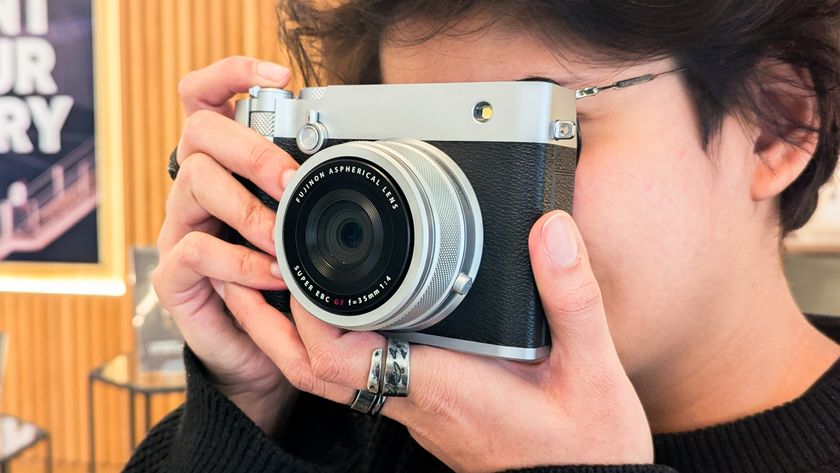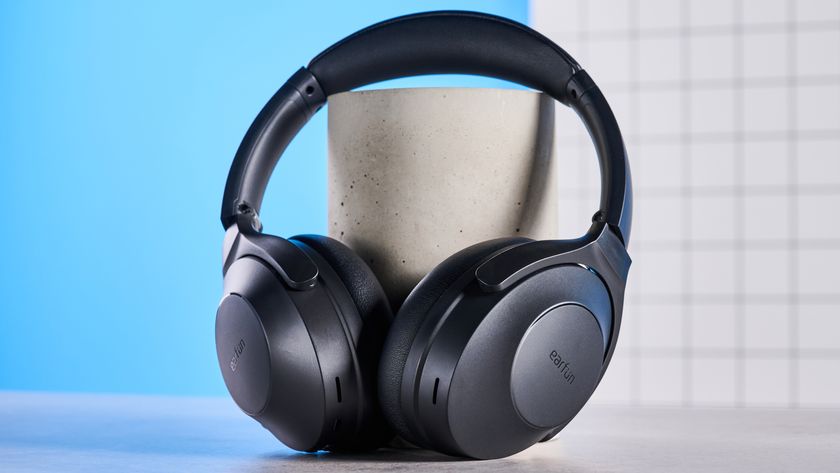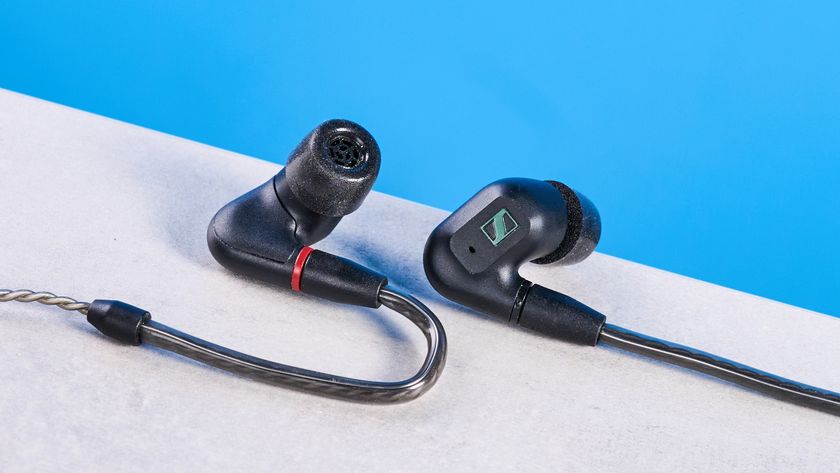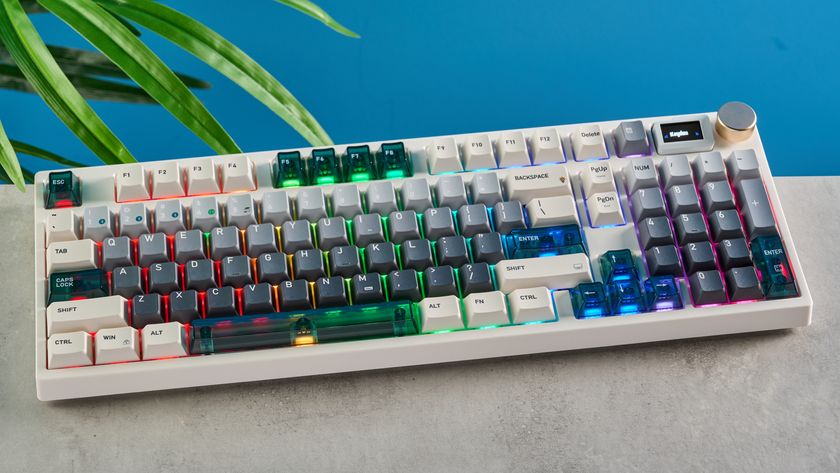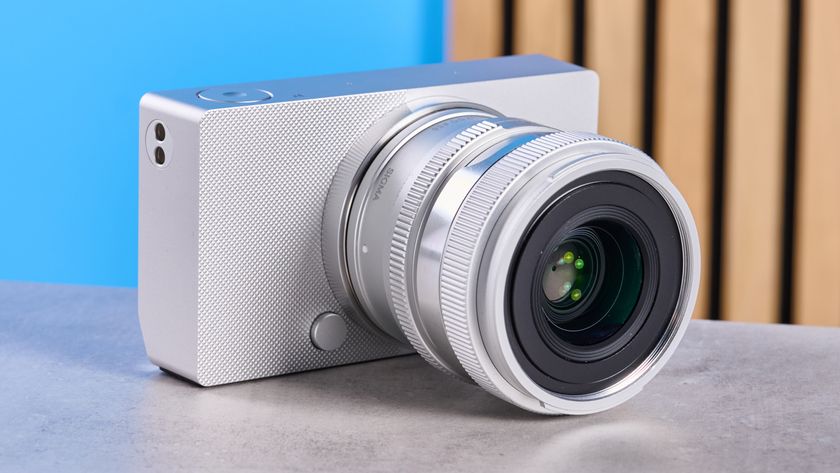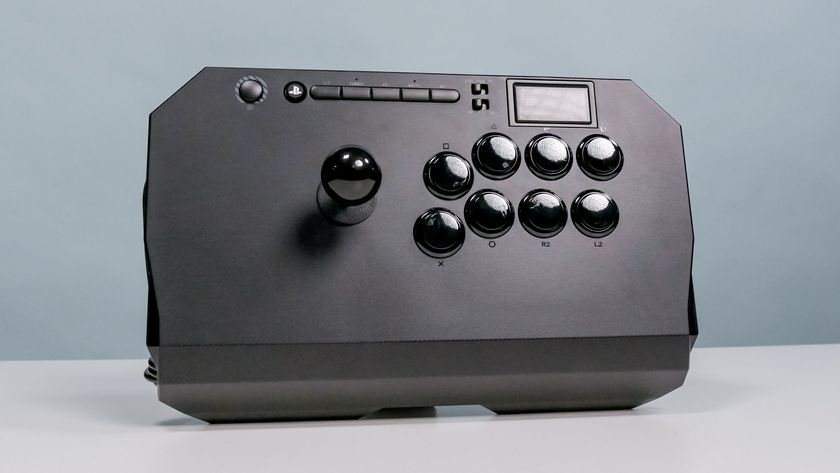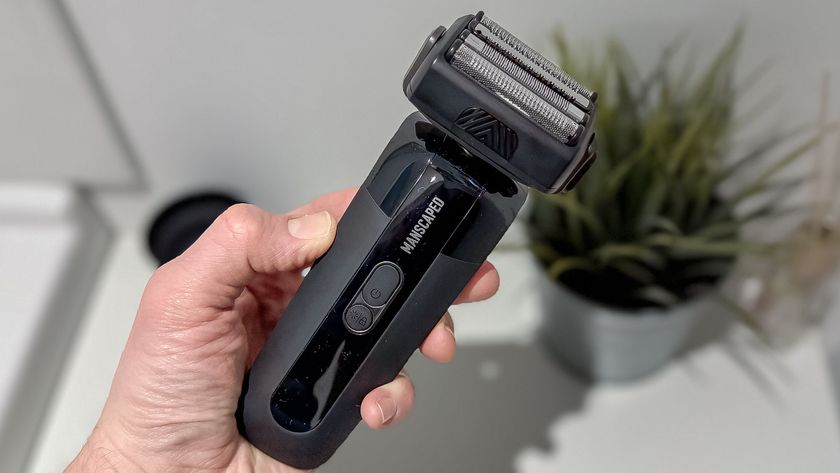Tom's Guide Verdict
The Vecnos Iqui makes taking 360 photos easy, but its app needs some more features.
Pros
- +
Sleek design
- +
Easy to use
- +
Takes good photos for the price
Cons
- -
App needs more features
Why you can trust Tom's Guide
Photo resolution: 5760 x 2880
Video resolution: 3840 x 1920/30fps
Internal storage: 14.4GB
Battery: 720mAh (approx. 100 photos, 30 mins video)
Size: 5.5 inches (length), 0.75 inches (diameter)
Weight: 2.1 ounces
The Vecnos Iqui camera is meant to make taking — and more importantly, sharing — 360 photos and video a lot easier. This pen-shaped camera slips in and out of your pocket and is ready to snap a picture in seconds.
But taking a photo is merely the first step; Iqui’s app then takes your photo and turns it into a mini-movie, which you can then share with the rest of the world. Will the Iqui be the one to popularize 360 cameras with the masses? Read the rest of our Vecnos Iqui camera review to see if it has the potential to be one of the best 360 cameras.

Vecnos Iqui camera review: Price and availability
The Iqui camera went on sale in October 2020 for $299. It's available at Vecnos.com as well as Amazon.
Vecnos Iqui camera review: Design
While the category is still relatively new, 360 cameras have started to settle into one of two designs: One that resembles traditional action cameras, or a stick-style shape that lends itself to being carried in your pocket, and taken out when the moment strikes.
The pen-shaped Iqui is definitely in the latter camp, though it has a unique design that’s a throwback to when companies were still figuring out how consumers were going to use 360 cameras.

The Iqui is the size of a highlighter pen, but with a bit more heft. At one end are four cameras (three arrayed around the sides, and one on the tip). Further down is a power button, a shutter button, and a third button that lets you select between photo and video modes. There’s no removable storage, and the camera charges by docking into a proprietary USB-powered cradle.

Its pen-shaped design made it easy to slip into my pocket and carry around without noticing it — it's a lot more slender than the Insta360 One X2 — but if you’re planning to do so, be sure to use the included cloth bag; the camera picked up a few scuff marks from where it rubbed against my keys.

Taking a photo with the Iqui is as simple as turning it on and pressing the shutter. The camera turned on in less than a second, and was ready to shoot.
Vecnos Iqui camera review: Photo quality
In terms of overall photo and video quality, the Iqui falls below that of other 360 cameras, but according to the company, it wasn't intended to compete with those devices. Rather, it's meant more for social-media types who want to put up something online quickly.
A photo taken on a sunny day was clear and bright with vivid colors; the maroon of my hat was crisp, and was offset nicely against the blue sky and my green jacket. Photos taken on overcast days exhibited more graininess, and there was a lack of detail in shadows.
Vecnos Iqui camera review: App
Like the camera itself, the Iquispin app is relatively simple. Upon opening it, you're presented with a showcase of example photos to provide some inspiration. The only other tabs on the page are for Create and My Page. Create allows you to take 360 photos on your phone — any 360 photos, not just ones from the Iqui — and add filters and effects.
My Page is where you connect to the Iqui camera, add watermarks, and find answers to questions you may have.
Back to the Create tab: After you’ve uploaded a photo or video, you have the option to create 10-second “movies,” where the app will rotate the image to show everyone or everything in it.
There are a number of templates, which are organized by the number of people in your photo: There are four templates for selfie photos, six for small groups, and four for large groups.
Each template has a particular theme, such as Mystical Place, Twinkling Stars, and Sparkling Planet, and rotates and zooms the camera view in a different manner. All templates let you add animations, such as hearts, confetti, and balloons, to give it a more fun vibe.
Additionally, you can apply filters to your images; as of this writing, there were 14 from which to choose, which isn't a lot compared to other apps like Instagram, but it's something. I do wish there were a way to manually adjust lighting effects and such.

Once you choose the template and any animations, the app then lets you save and share the completed video to the social media account of your choice. However, that’s about the extent of what you can do with your photos and video.
“Motion” stills export as MP4 videos at 720p. If you want an unadulterated copy of your photos or videos, they’re stored to your phone.
I tested the Iquispin app on both a Samsung Galaxy and an iPhone; this app, which is available for both Android and iOS users, also lets you control the camera remotely. However, there's just a large Record button; you can't preview what you're shooting. Then again, since it takes 360 images, it's less of a concern.
To connect the camera to your phone, you simply hold the Iqui near your phone while the app is open; a prompt will appear on your phone's display to connect the two. This was a pretty seamless process, and took only a few seconds.
Vecnos Iqui camera review: Verdict
The Vecnos Iqui camera is a pretty good device for its intended audience. The Iqui’s design makes it one of the easiest 360 cameras to carry around, and the photos aren't half bad — so long as there's plenty of light.
Where Vecnos will need to do more work, though, is with its app. While I get that the company is trying to keep things simple, once you've gone through its limited selection of templates, you might get bored. By comparison, Insta360 has a much more sophisticated app for its 360 cameras, which allows for much more creativity, such as being able to manually choose what you want as the focus of the video.
The Iqui 360 camera is dead simple to use, but its app needs more Instagram-style filters and features if it wants to appeal to that market.

Michael A. Prospero is the U.S. Editor-in-Chief for Tom’s Guide. He oversees all evergreen content and oversees the Homes, Smart Home, and Fitness/Wearables categories for the site. In his spare time, he also tests out the latest drones, electric scooters, and smart home gadgets, such as video doorbells. Before his tenure at Tom's Guide, he was the Reviews Editor for Laptop Magazine, a reporter at Fast Company, the Times of Trenton, and, many eons back, an intern at George magazine. He received his undergraduate degree from Boston College, where he worked on the campus newspaper The Heights, and then attended the Columbia University school of Journalism. When he’s not testing out the latest running watch, electric scooter, or skiing or training for a marathon, he’s probably using the latest sous vide machine, smoker, or pizza oven, to the delight — or chagrin — of his family.


